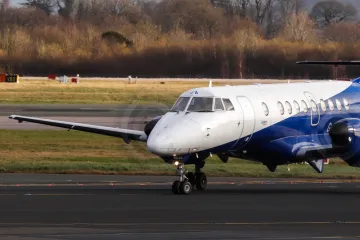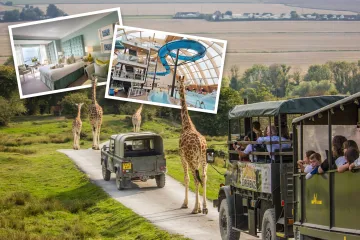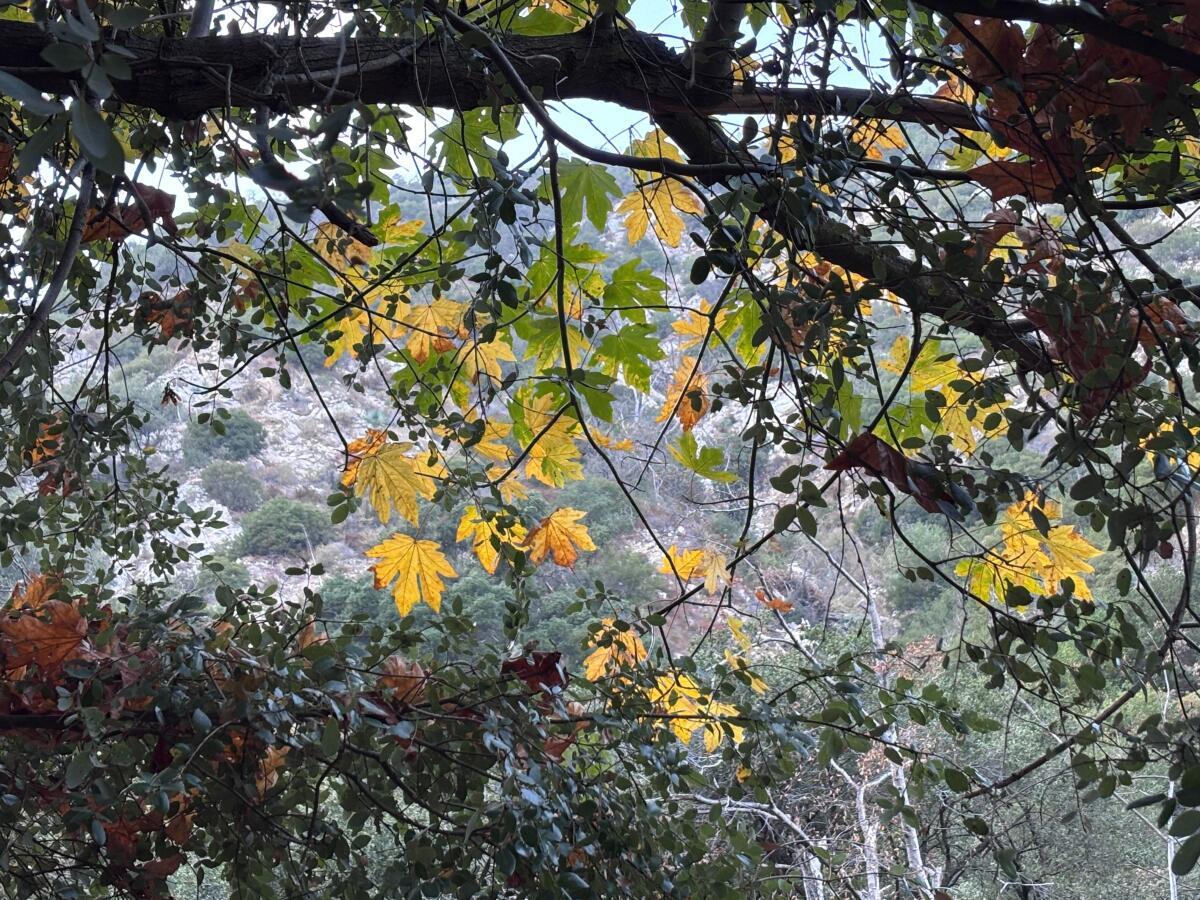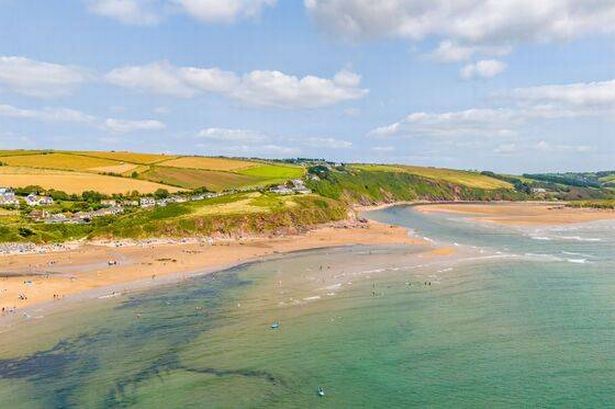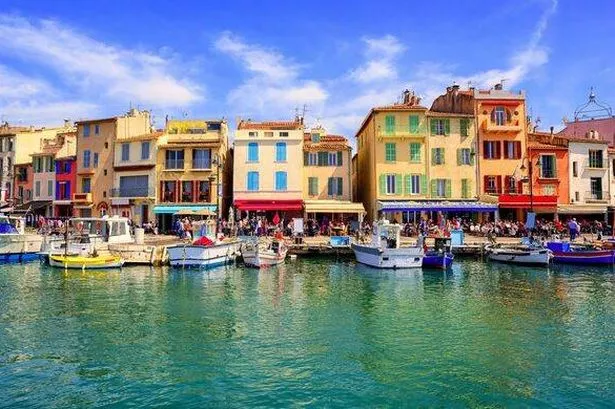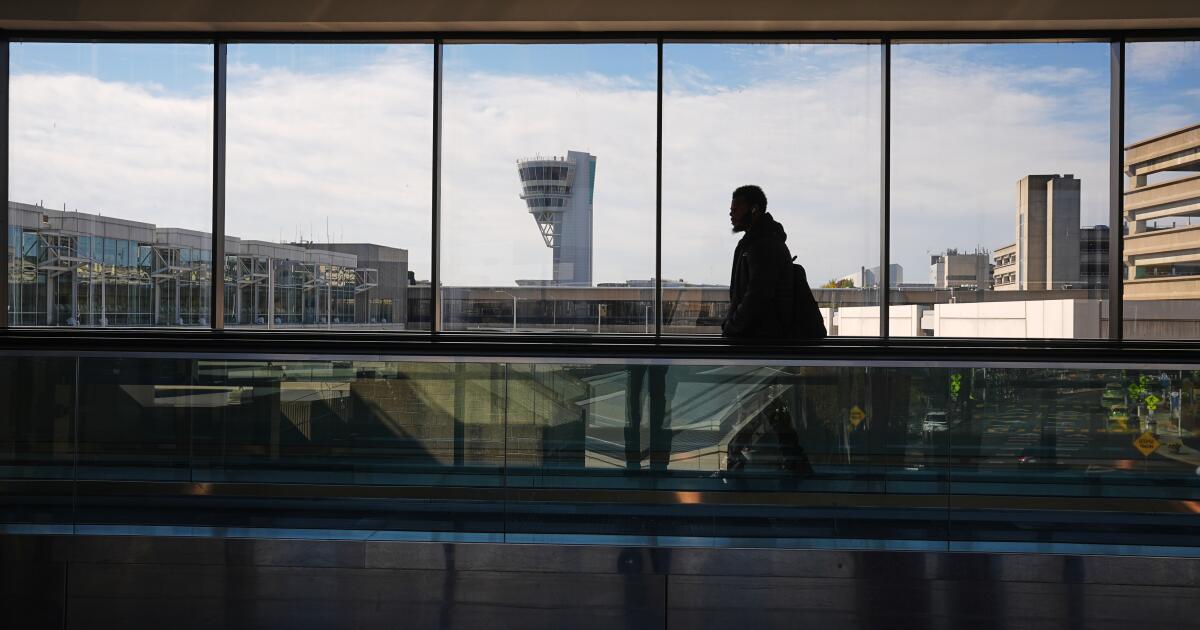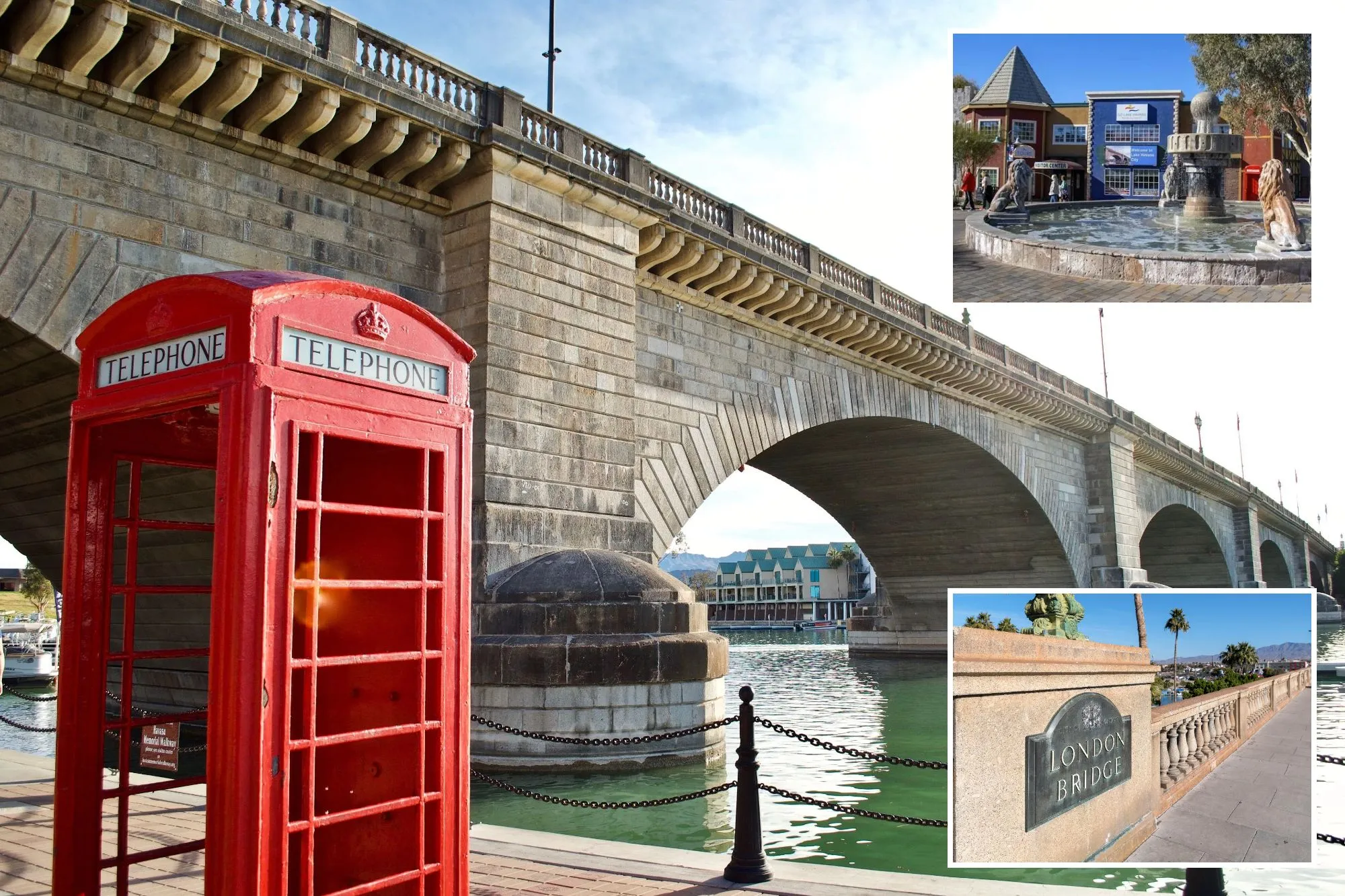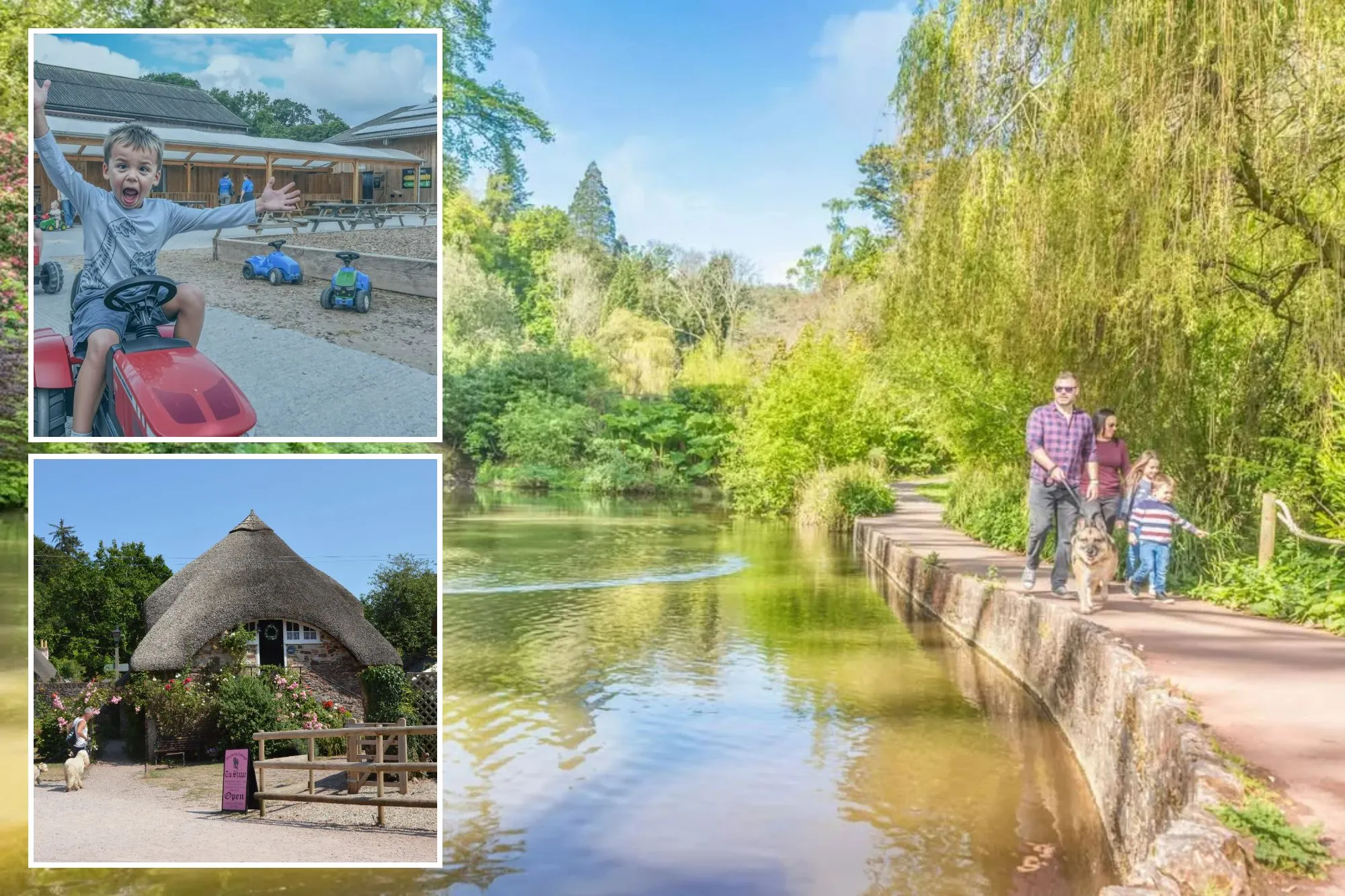A sleek, modern hostel has opened, offering affordable rooms with unlimited access to its on-site spa and a kid-friendly water park. Is this the way to enjoy a spa break without breaking the bank?
Think of spa breaks and you will likely picture country hotels, plush white robes, and copious amounts of Champagne. It’s safe to say, they’re not exactly associated with travelling on a budget.
But a hostel in the popular European city break destination of Tallinn in Estonia now offers a way to enjoy a spa break for less than the price of a cheap hotel room. From just £70 a night for two adults sharing a double or twin, guests enjoy unlimited access to the on-site spa and saunas, which are open seven days a week from 11am until 10.30 PM. The rate even includes a light breakfast in the café.
The Ring SPA Hostel is about as far away from the average hostel experience as you can get. There are no rickety beds or random roommates turning up in the middle of the night. Guests can book a private room for one or two people with a private bathroom, or they can opt for a quadruple room, which offers excellent value for money if four of you are travelling together.
READ MORE: ‘Most relaxing’ UK spot for autumn breaks with ‘stunning’ beach and islandREAD MORE: Hotel booking method can save you hundreds on your next holiday
Rooms are basic, with neutral décor, a TV, and modern bathrooms. One reviewer said: “We booked a double room for one night. The price/quality ratio was excellent. The room was spacious, clean, and everything was new. Towels and linens were provided. There was a kettle and a mini fridge. The bathroom had a great shower.”
And there’s no need to worry that the spa will be cheap or basic. The pool features hydromassage options, and you’ll also find jacuzzis to ease tired muscles. Hostel guests can also enjoy a choice of ten modern saunas of varying temperatures, and there’s a kids’ area with a splash park for those who are bringing the whole family along.
The spa also offers a range of massages, including sports massage and treatments with hot stones, which can be booked for an additional fee. A classic 40-minute massage costs €48 (about £42.46).
Chelsea, who is well-known on TikTok as @cheapholidayexpert, recently visited the spa and shared her experience. Checking into her room, she was surprised at how nice it was for the price, quipping, “This is not a hostel!” She noted that the room included features like a kettle and fridge, which aren’t typically found in budget rooms.
Heading to the spa area, she said: “So the spa is made up of one big pool which has fountains, a hydro massage bed, and this circular rapid style area which I had far too much fun in. There’s also this warm pool which is like a big bath and a couple of jacuzzies plus lots of space to sit out and chill.”
After enjoying the water, Chelsea also tried the on-site café, reporting that a beer had set her back £3.52, while a pizza cost her £7.05, which she described as “b****y good”.
One slight downside to the hotel, as reported in some reviews, is its location, which is outside the centre of Tallinn. In her video, Chelsea said the bus had only cost her £1.74 for a single ticket, but some visitors may prefer to stay closer to the city.
A comment on her TikTok revealed more about the location: “As the creator said, around 20-25 mins [from the centre], but there’s a zoo in the neighbourhood, a decent mall and behind the mall there’s a scenic promenade by the sea that leads to one of the popular city beaches if you’re thinking of coming summer. The hotel itself is in a residential area, so there won’t be that much noise either!”
If you can tear yourself away from the spa, there’s plenty to explore in Tallinn. Famous for its gothic architecture, some popular places to visit include the Tallinn Town Hall in the medieval old town square. St. Olaf’s Church features a 124-metre spire, which is visible in the city’s skyline. During the summer, you can climb the tower and enjoy spectacular views.
There’s also Alexander Nevsky Cathedral, a colourful, Eastern Orthodox cathedral with onion domes. You can visit the amusingly named Kiek in de Kök Fortification Museum, which is probably better known for its name than its 15th-century tower. For those who are curious, Kiek in de Kök was a German nickname for towers that didn’t translate well.
Have a story you want to share? Email us at [email protected].
